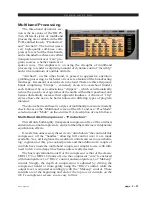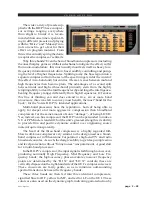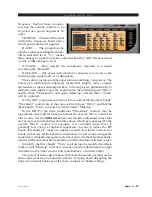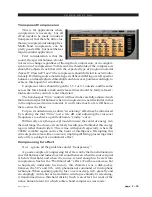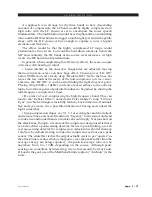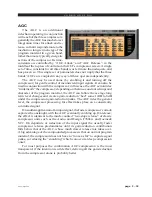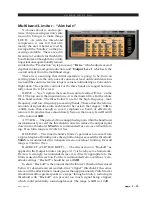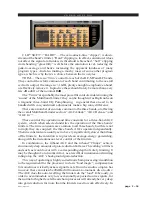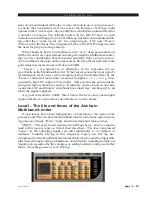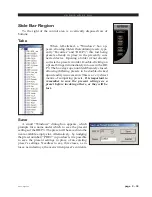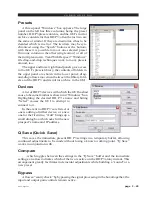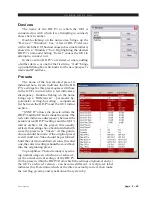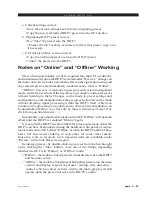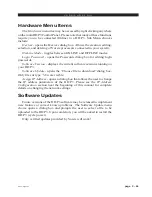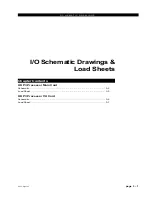
V O R S I S H D P 3 G U I
page 2 – 34
HD P3 / Aug 2006
CLIP “SOFT” / “HARD” — The zero-attack-time “clipper”, is down-
stream of the band’s limiter. “Hard” clipping is, in effect, saturation. It does
not affect the signal at all unless its threshold is breached. “Soft” clipping
starts bending “gracefully” well before the saturation level, reducing the
peak-to-average and hence increasing the apparent loudness of many
program types. And also making a mushy mess of some other program
types, which is why there’s a choice between the two styles.
TRIM — There is a ‘Trim’ control for each of the HF, MF and LF bands.
They control the relative amount of each band contributing to the overall
section’s output; the range is +/-18dB, plenty enough to emphasize a band,
or effectively remove it. In practice these should rarely be more than a very
few dB adrift of the nominal 0dB.
The “Trims” are probably the most powerful controls in determining the
‘sound’ of the Multiband Limiter; they can be thought of as Big Knobs on
a Gigantic three-band EQ. Paraphrasing, in general these need to be
handled with care, and small adjustments make a big sonic difference.
There are a number of controls common to the three bands, or affecting
the overall Multiband Limiter section: “AGC Attack”, “AGC Release”, and
“AGC In’”:
These control the operation and time constants for a three-band AGC
system, which when selected underlies the operation of the three bands’
limiters. The time constants are common to all three bands, but this is not
to imply they are coupled; the three band’s AGCs operate independently.
The time constants are usually set to be very significantly slower than those
of the limiters; the intention is to provide an average-energy gain-riding,
along with the instantaneous level control of the limiters.
In combination, the triband AGC and the triband “Climps” achieve
enormously deep amounts of gain-reduction far fewer ‘breathing’ artifacts
and such, as would occur with a corresponding depth of solely limiting. It
may be thought of, and works in fact, as a few dB of instantaneous limiting
riding atop the AGC’s background gain-reduction.
This way of operating is highly suited to airchain processing; in addition
to the requirement for the processor to do its “loud magic”, compensation
for sometimes wickedly askew signal levels from the studio complex has
to occur; these can often be 20dB adrift moment-to-moment, disc-to-disc.
The AGC does the auto-levelling, the limiters do the “loud”. Obviously, in
order to accommodate very low occasionally expected source signals, for
the normal or higher levels the airchain processor will already be very deep
into gain reduction, far more than the limiters need to work effectively. In








